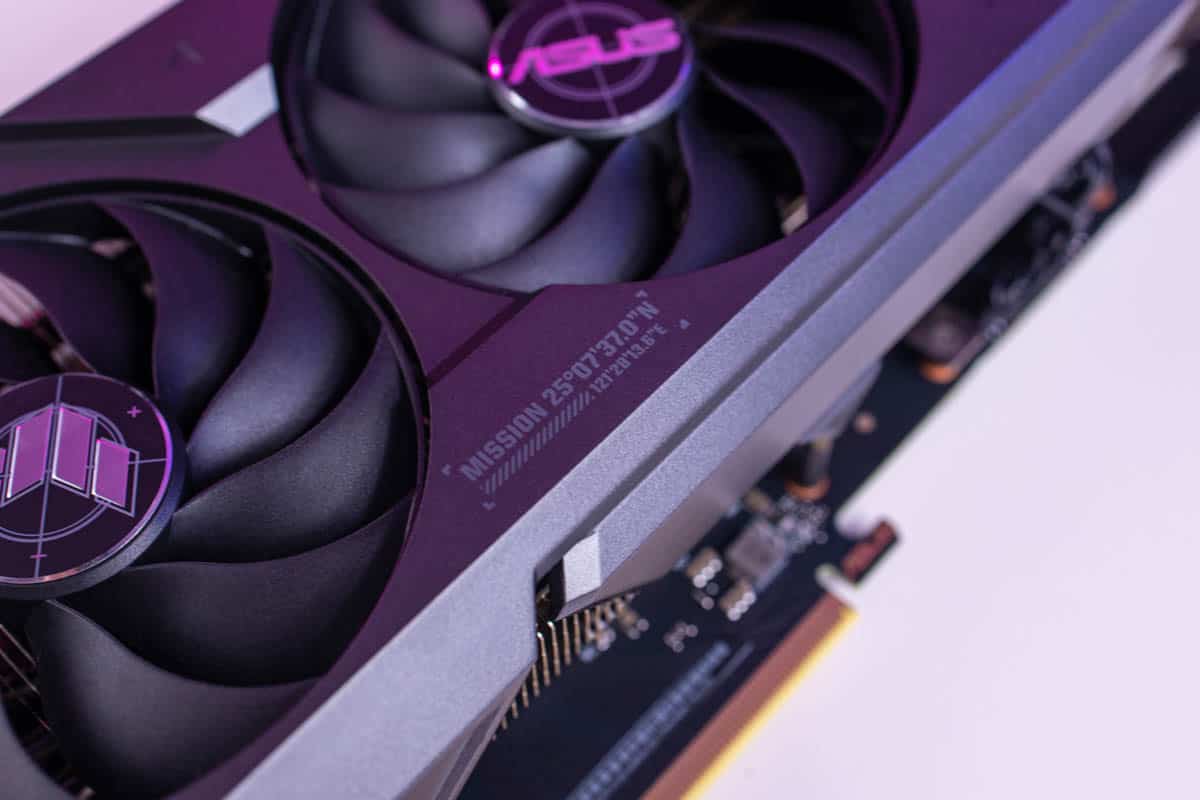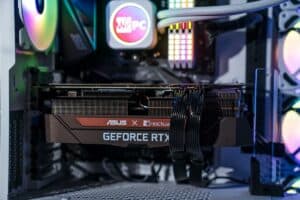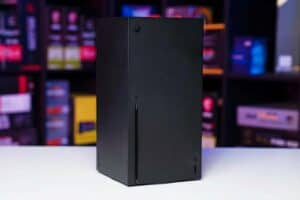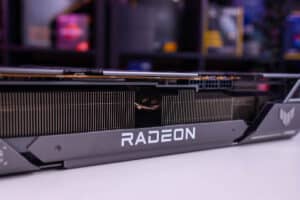What temperature should the RTX 4070 run at? 4070 temps guide
With the new 40-series architecture and power, what temps will the RTX 4070 run at?

WePC is reader-supported. When you buy through links on our site, we may earn an affiliate commission. Prices subject to change. Learn more
Keeping temperatures down is half the battle when running and properly maintaining a gaming PC, but first, we need to understand what a high temperature is. We’re targeting the RTX 4070, a very popular mid-range GPU from Nvidia, there are a few variations of the RTX 4070, some with better cooling mechanisms than others. There is a set maximum temperature the 4070 GPU die can handle before it begins to throttle – this persists across all the different variations. With all that being said, what temperature should the RTX 4070 run at?
What is a safe temperature for the RTX 4070 to run at?
Most high-end graphics cards will allow themselves to get to 95-100°C before they experience thermal throttling or temperature-related issues, but this is far the optimum scenario.
You’ll want to keep your GPU temperature well below this range where possible, as running your graphics card for extended periods in the 85°C to 90°C range can not only damage your graphics card over time (reducing its performance and lifespan) but even degrade nearby parts in your PC. This is because heat radiates from the graphics card and spreads to other components.
Fortunately, even overclocked RTX 4070 GPUs aren’t likely to get this hot in normal conditions, thanks to the increased efficiencies of the new Ada Lovelace architecture. This can change, however, if it’s in unfavorable conditions such as high ambient temperatures or poor airflow configurations. You should aim to have your RTX 4070 be as cool as possible, but anything under 70°C is considered optimum.

So what temperature is best?
When comparing the RTX 4070 Ti’s temperature range to the RTX 4070, you’ll find them to be quite similar. Both GPUs share the same architecture, but the 4070 has a lower TBP and fewer cores, which means it generally runs a bit cooler since it consumes less power.
For the more powerful RTX 4070 Ti, temperatures during gaming typically sit between 59°C and 71°C (depending on the specific model and brand), with hotspots ranging from 72°C to 80°C. Given the reduced power and core count, you can expect the RTX 4070 to operate at even lower temperatures, or at the very least, stay within this range.
To ensure your GPU stays cool and stable, consider using third-party tools like MSI Afterburner or EVGA Precision X1 for monitoring and adjustments.
What is the maximum temperature?
As we mentioned earlier, modern GPUs such as the RTX 4070 are designed to run at a maximum between 95°C and 100°C before throttling. You shouldn’t ever run your GPU at this temperature if you care about its longevity.
Instead, we’d recommend a safer maximum temperature of around 80°C under the heaviest of workloads.
As always, the lower the better – you can ensure this by keeping your GPU cool with several methods such as better cooling, airflow, and general cleanliness. Check out our how to lower GPU temperatures guide for more details.
What is the TDP of the RTX 4070?
The official TDP of the RTX 4070 is 200W. That’s much less than the TDP of the 4070 Ti which comes in at 285W. If you want to pick up an RTX 4070, then you’re going to want a PSU with a 550W power rating at a minimum, depending on the CPU you have.
Do bigger GPUs cool better?
In a general sense, bigger GPUs with three fans will cool better than dual-fan smaller GPUs, because there is a larger heatsink in play, with a larger surface area. Coupled with an additional fan pushing a larger volume of air over the heatsink.
The caveat is that bigger GPUs tend to be factory overclocked for a little extra performance, so the additional cooling is sometimes offset by the extra heat produced by the overclock. In short, yes, but in reality, they probably end up performing at the same temperature.










